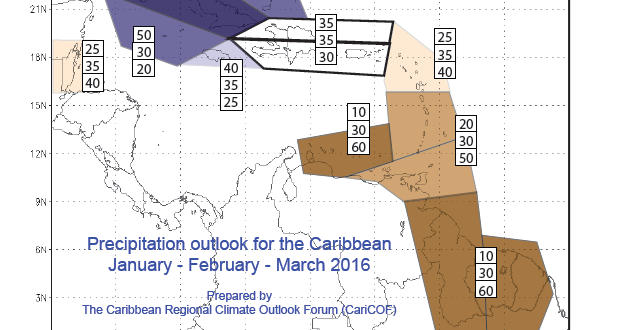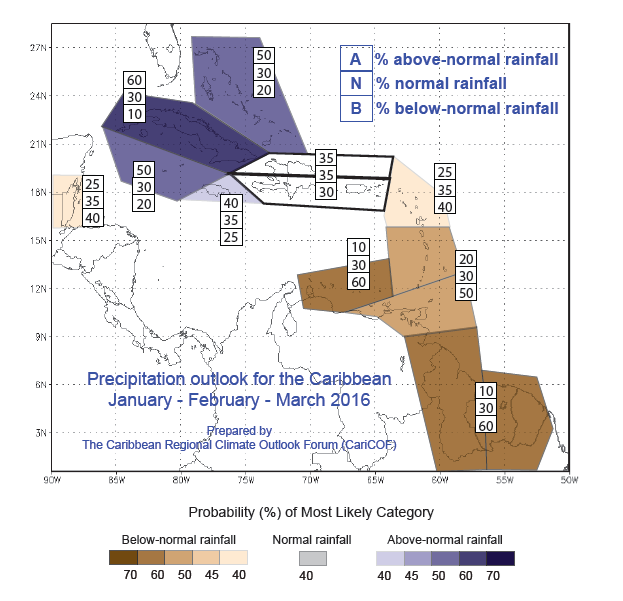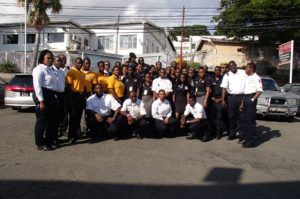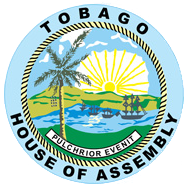Caribbean Climate Outlook Newsletter Dry Season 2015-16 Special Edition
Caribbean Climate Outlook Special Edition Newsletter focused on the strong El Nino events affecting the Caribbean. El Niño events usually involve the warming of the eastern equatorial Pacific Ocean, which happens every 2-7 years and last 6-18 months. In the dry season, El Nino often weakens the development of rain and thunderstorms in the eastern and southern Caribbean, but enhances it in the north. One of the strongest El Niño on record is in place, with impacts across the Caribbean, and is set to last until the end of the 2015-6 dry season. The El Nino contributes to ongoing drought in the region, the 2015 global coral reef bleaching event, as well as record heat in many places, with both occurring in the Caribbean.
August- September- October (ASO) 2015 Observed Rainfall
Observations
Rainfall:
October- very dry in Aruba and Dominica.
September- very dry in Anguilla, Dominica, St Croix, St Maarten, and Trinidad and Tobago.
August- very wet in eastern Cuba, Dominica, northern Guyana; very dry in Aruba, Barbados, Belize, Grand Cayman, Grenada, Jamaica and St. Lucia
Temperatures:
October: above normal across the Caribbean and record high in some places.
Notable Climate Records:
Dry- August to October: Caribbean territories experienced record low rainfall (with mostly 30%-50% of avg.)
Notable impacts
There was prevailing drought across the Caribbean in Anguilla, Antigua, Barbados, Belize, Cayman Islands, Cuba, Dominican Republic, Jamaica, USA Caribbean Territories, St. Kitts & Nevis, St Maarten, Trinidad and Tobago and St. Lucia, with widespread agricultural losses and/or very low water production and rationed distribution.
Expected Rainfall and Drought
Consensus Rainfall Outlook
December to February
The December to February rainfall outlook in the Caribbean is likely to be below – normal from the leeward Island, with fewer wet days and wet spells than usual; and above normal from Puerto Rico westward including Belize.
In the case of Trinidad and Tobago the forecast expected of below normal wet days means increasing surface dryness, and fewer wet spells, which means reduced recharges of water reservoirs.
Drought conditions up to May
Most islands are in long-term drought and many in short term drought after near- record dry August to October. These places have suffered water shortages.
There is long-term concern, as water shortages will worsen in the first half of 2016.
Trinidad and Tobago will be impacted with further water shortages, reduced crop production and livestock, reduced stream flow, and increased fire incidents.
Water Conservation Tips
Based on the report by the Caribbean Climate Outlook Forum, TEMA advises the public to conserve water as it has become even more essential as a result the 2016 weather forecast, to ensure the sustainability of our water resources for the future.
WASA General Water Conservation Tips
• Create an awareness of the need for water conservation among your children. Avoid the purchase of recreational water toys, which require a constant stream of water.
• Be aware of and follow all water conservation and water shortage rules and restrictions, which may be in effect.
• Report all significant water losses (broken pipes, open hydrants, errant sprinklers, abandoned free-flowing wells, etc.) to the property owner, local authorities or the Water and Sewerage Authority at 800-LEAK (5235).
• Encourage your friends and neighbors to be part of a water conscious community. Promote water conservation in community newsletters, on bulletin boards and by example.
• Conserve water because it is the right thing to do. Don’t waste water just because someone else is footing the bill.
For more tips and information on water conservation please visit http://www.wasa.gov.tt/WASA_ConservationTips_general.html














